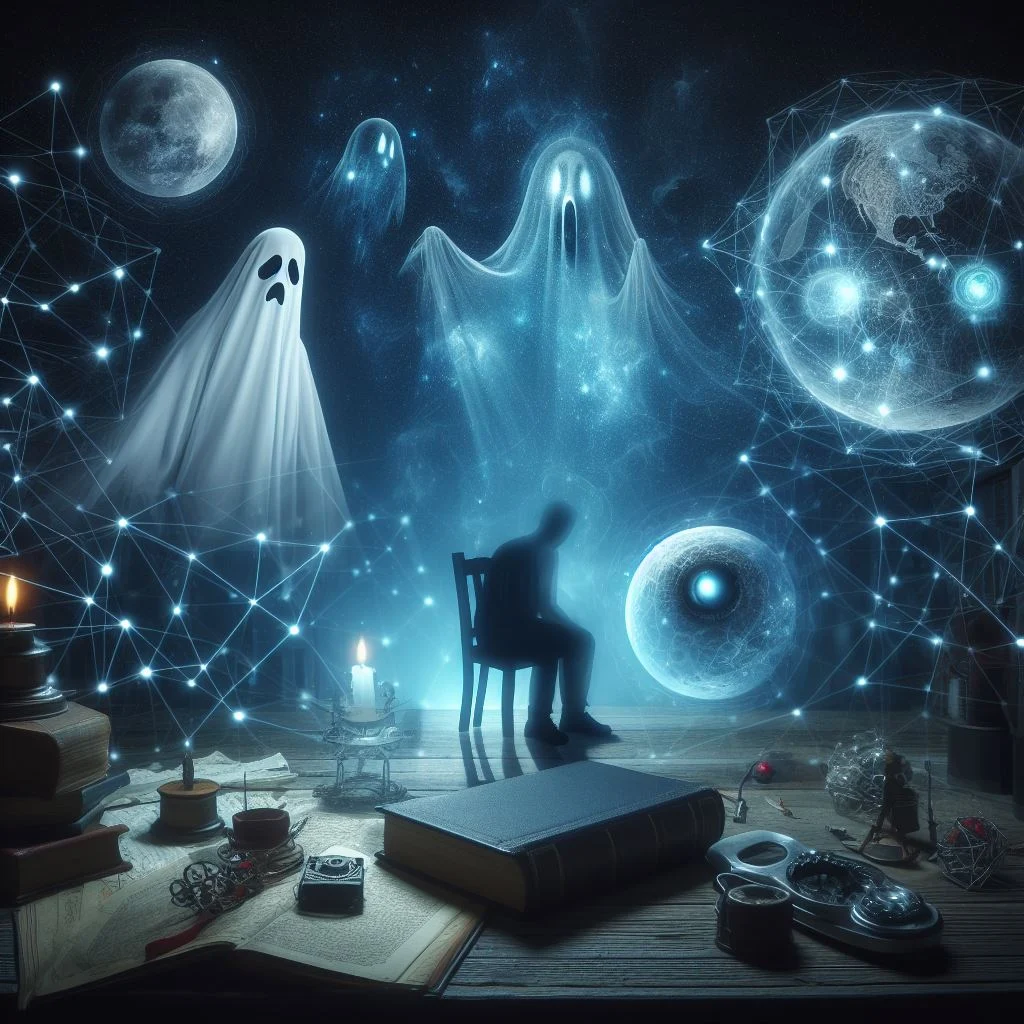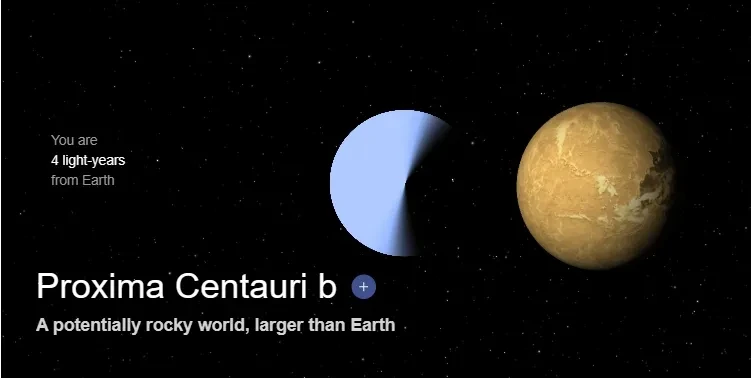jlk – You may have heard or even witnessed the phenomenon of poltergeists, involving strange occurrences such as objects moving on their own, disturbing noises, foul odors, mysterious fires, and unexplained electrical disturbances.
Is this phenomenon truly caused by noisy ghosts, or is it merely an illusion created by the human mind?
“Poltergeist” is a term originating from German, meaning “noisy ghost” or “noisy spirit.”
This phenomenon has been recorded in various cultures and countries since the 1st century and is often associated with the presence of spirits or supernatural entities disturbing humans.
Some famous poltergeist cases include the Amityville Horror House, the Enfield Poltergeist, and the Bell Witch.
However, is the poltergeist phenomenon truly real, or is it just the result of deception, imagination, or psychological disturbance?
Researchers and experts have attempted to explain this phenomenon with various theories and hypotheses, both paranormal and scientific. Here are some explanations suggested by researchers:
Hoax
One of the simplest and most rational explanations is that the poltergeist phenomenon is the result of hoaxes perpetrated by individuals seeking attention, money, or sensation. Many poltergeist cases have been proven to be hoaxes after careful investigation.
For example, the Amityville Horror House case, which inspired a famous horror film, turned out to be a scheme to make money from book sales and copyrights.
Fraudsters typically use simple tricks like throwing objects, knocking on doors, or secretly moving furniture to create the impression that there is a haunting. They also often exploit the testimony of gullible or suggestible individuals who then report exaggerated or fabricated events.
Psychokinesis
Another intriguing explanation is that the poltergeist phenomenon is the result of psychokinesis, the ability to manipulate objects with the power of the mind.
Parapsychology researchers believe that poltergeist phenomena are the physical expression of psychological trauma experienced by an individual, usually a teenage girl, who unconsciously emits energy capable of moving objects around them.
This theory is based on the observation that many poltergeist cases center around an individual, referred to as the “poltergeist agent,” who often experiences stress, depression, or emotional conflict.
This theory is also supported by some experimental evidence showing that humans have the potential to produce psychokinetic effects, albeit on a very small and inconsistent scale.
Electromagnetic Interference
Another more scientific explanation is that the poltergeist phenomenon is the result of electromagnetic interference (EMI), disruptions caused by strong electromagnetic fields.
EMI can originate from both natural and man-made sources, such as lightning, electrical cables, electronic equipment, or even the human body. EMI can affect the functioning of electrical equipment, produce strange noises, and even trigger hallucinations in humans.
This theory is based on the finding that many poltergeist cases occur in places with high electromagnetic fields, such as old houses, factories, or radio stations.
This theory is also supported by some studies showing that exposure to electromagnetic fields can affect human brain activity and cause unusual sensations, perceptions, or emotions.
Conclusion
From the various explanations suggested above, it can be concluded that the poltergeist phenomenon is one of the mysteries that has not been definitively solved.
Whether this phenomenon is truly caused by noisy ghosts or merely an illusion created by the human mind remains an interesting question for further research.
However, what is certain is that this phenomenon has significant effects on humans, both physically and psychologically.
For those who have experienced or witnessed poltergeist phenomena, it is advisable not to immediately believe or fear but to seek rational and scientific explanations.
If you feel disturbed or stressed by this phenomenon, it is advisable to seek professional help, such as doctors, psychologists, or counselors.
And if you are curious or interested in this phenomenon, it is advisable to read books, articles, or watch films that discuss this phenomenon in an informative and entertaining manner, such as this article.
So, that’s all for now Kisanak.
References:
- Roll, W. G., & Persinger, M. A. (2001). Poltergeist phenomena and the theory of magnetism. Journal of Scientific Exploration, 15(1), 63-86.
- Houran, J., & Lange, R. (2001). Hauntings and poltergeists: An overview of theories and perspectives. Jefferson, NC: McFarland & Company.
- Braude, S. E. (2018). The phenomena of spiritualism and of the phenomena of physical mediumship. In The Routledge Handbook of the Paranormal (pp. 123-136). Routledge.
- Wiseman, R., & Watt, C. (2006). Belief in psychic ability and the misattribution hypothesis: A qualitative review. British Journal of Psychology, 97(3), 323-338.
- Wiseman, R., & Morris, R. L. (1995). Recalling pseudo-psychic demonstrations. Nature, 373(6516), 215-216.












